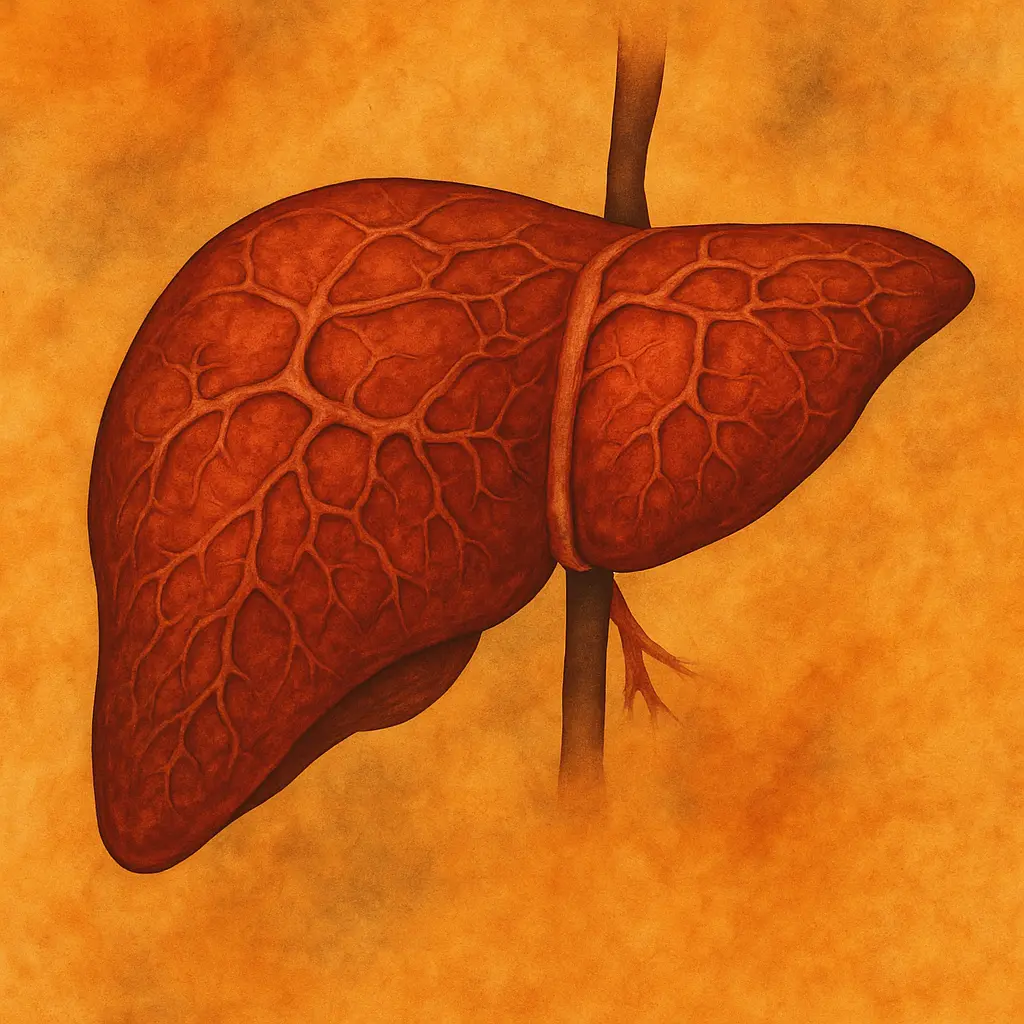When people think about liver disease, the conversation usually centers around fibrosis – the amount of permanent scarring in the liver. And yes, scarring matters. It helps us understand how far the disease has progressed. But there’s another critical piece we often overlook: Activity.
In liver diagnostics, activity refers to the inflammation and ongoing damage that’s happening in the liver right now. And if you care about stopping liver disease early, activity might be even more important than scarring.
Why Activity Matters More Than You Realize
Here’s the thing: liver disease doesn’t become dangerous overnight. It builds over time – slowly, quietly, and often without symptoms. But when there’s a high level of inflammation, that’s a red flag. It tells us the disease is active, moving fast, and can accelerate into serious complications if left unchecked. This makes early detection not just important, but urgently necessary.
The Problem with Traditional Testing
Most liver assessments today focus on damage that’s already happened. They show how bad things have gotten – but not what’s going on right now. Biopsies and imaging scans might miss subtle inflammation, or they might be too invasive to perform regularly. That’s a huge problem, because when liver activity is high, every day counts.
What If You Could Spot Liver Activity Non-Invasively?
At Fibronostics, we’re focused on changing that. With AI-powered, non-invasive diagnostics, we can now detect not just fibrosis, but activity levels, with just a blood sample. All without biopsies. All without delays.
That means doctors and patients can:
-
Catch early signs of inflammation
-
Adjust treatment plans proactively
-
Monitor progression before it turns dangerous
In Liver Disease, Timing Is Everything
The earlier you catch active liver disease, the more you can do about it. Lifestyle changes, medical interventions, and regular follow-ups can genuinely change the trajectory of someone’s health if started early enough.
At Fibronostics, we believe the future of liver care isn’t just about looking backward. It’s about looking at what’s happening today and acting fast. Don’t just track what the liver was. Track what it’s doing now – before it’s too late.
